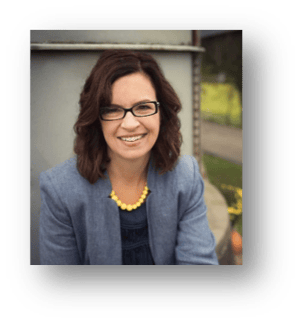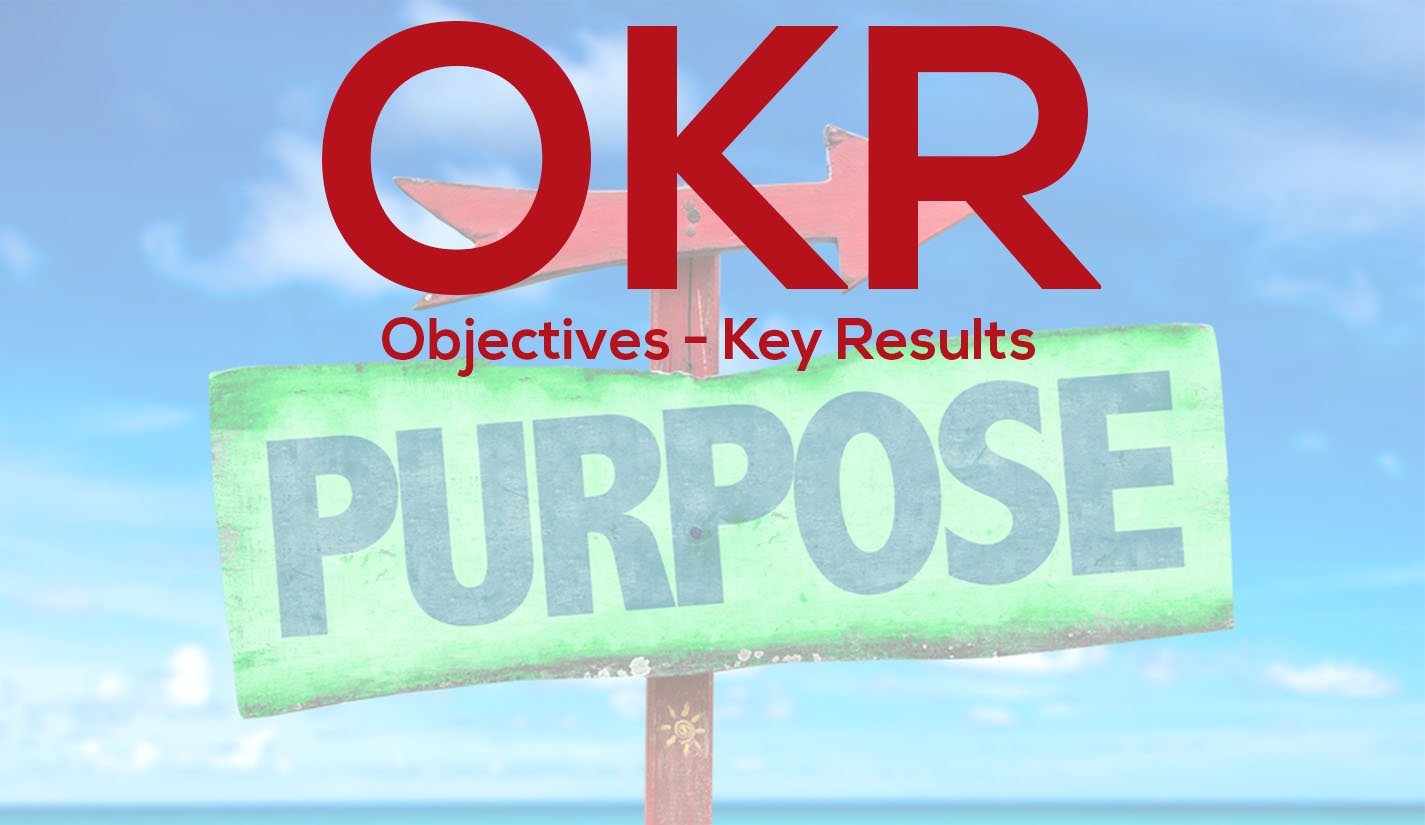WHY CONSIDER AN OKR FRAMEWORK?
Foreword
 Connie Heidenreich, PSM, CSM, CSPO, SAFe Agilist, ICP-ATF
Connie Heidenreich, PSM, CSM, CSPO, SAFe Agilist, ICP-ATF
Connie began her career in the investment advising world, coaching and helping her clients with their financial portfolios. Over the following years, she moved into project management by helping new investment advisors stand-up and establish their business. She then transitioned into traditional IT project management a few years later. It was when she was asked by a client to take on the Scrum Master role that she fell in love with Agile concepts, continuous feedback, team empowerment, process improvement, and the rest is history.
Agile Coaching and consulting became her calling. Her span of experience includes helping organizations transform into Agile, establishing new agile start-up teams, as well as working with mature companies and teams to better their processes. The bumps and bruises collected along the way have brought her to the realization that helping organizations adopt Agile practices was less about the practices, and more about embracing change.
We are proud to count Connie as a key member of the SDS team, and value her expertise as an agile coach and scrum master.
~David Pledger, Managing Partner, Strategic Data Systems
Introduction
Recently, my agile teams made the transition from the SAFe framework to OKRs. This was a big change, there was a lot for us to learn, and we had quite an adjustment period. However, the company I was working for at the time acknowledged this change would be a shift in our agile mindset, that there would be a growing pain period, and assured everyone that we would likely fail at our first and maybe even our second attempt. However, they also said it was OK to fail and we would all learn from it. Whew! That buy-in from leadership was a relief for all of us!
If you don’t know anything about OKRs, Objectives and Key Results, I can personally tell you the biggest difference we saw right away when we began was the time spent in planning the work. Instead of planning out 10 weeks’ worth of work upfront in two days using the previous SAFe framework, which is equivalent to 5 sprints of work, with the OKR framework we held a discovery session for one week and based on what we learned in that week, we planned out one to two sprints of work.
Let’s go into some more details of some of the basics behind OKRs. This will give you a foundation on the OKR framework and help build your understanding.
What is an OKR?
OKRs are really meant to serve as a means to set goals for a specific time period for an organization and its agile teams. At the end of the time period, the organization and the teams OKRs provide a reference to evaluate how well everyone did in executing their objectives. OKRs create goal alignment in the organization.
The organization should first spend significant effort in identifying the overall company objective for the given time period. They should then communicate it out in such a way that the OKR can truly help teams comprehend and visualize how they can contribute to the big picture and align with other teams to identify their objectives.
Objectives
 The goal of setting an objective is to write out what you hope to accomplish in the set time period. It should be written in such a way that you can easily tell later if you have reached it, or if you have a clear path to reaching it. It is a qualitative goal that inspires and stretches the organization and its teams. My teams have found that choosing the right objective is one of the hardest things to do. It requires a lot of thinking, a lot of team discussion, and everyone willing to be honest with themselves.
The goal of setting an objective is to write out what you hope to accomplish in the set time period. It should be written in such a way that you can easily tell later if you have reached it, or if you have a clear path to reaching it. It is a qualitative goal that inspires and stretches the organization and its teams. My teams have found that choosing the right objective is one of the hardest things to do. It requires a lot of thinking, a lot of team discussion, and everyone willing to be honest with themselves.
To help with envisioning what a possible objective might look like at the organization level as well as the team level, which should ultimately align, here is an example:
- Organization OKR:
- Create the world’s best customer experience for our clients
- Individual Team OKR:
- Research and improve customer satisfaction
Key Results
The next step in the OKR process is identifying the Key Results! Assuming your objectives are well thought out, Key Results are really the “secret sauce” to using OKRs. Key Results are always numerically-based; therefore, they are quantitative and need to be very black and white. They are the defined “how” in what the team will use to measure success in the objective.
Using the objective examples above, let’s define what the Key Results might look like:
- Organization Key Results:
- Increase customer satisfaction rating from 4.0 to 4.5
- Individual Team Key Results:
- Conduct at least 40 face-to-face interviews with top customers
- Get 1,000 survey responses to annual satisfaction survey
Conclusion
As you have probably come to assume from this material, the goal of OKRs are to be action-oriented and inspiring. They should align the organization to each department and then to each team. They should connect objectives and key results to each part of the organization. Likewise, when OKRs are properly defined, they will:
- Allow the team to focus and stay committed to priorities
- Align and connect the team to the organization’s goals
- Allow for tracking of progress and provide accountability
- Allow the team the flexibility to “stretch”
Next Steps
Want to learn more? SDS can assist you in several ways:
- Schedule a Lunch-and-Learn tailored to your specific questions.
- Attend the annual Cincy Deliver conference on the last Friday in July. Organized by our agile expert, Phil Japikse, Cincy Deliver focuses on developing software, which includes agile methods. (https://www.dayofagile.com )
- Ask about or transition and mentorship programs.
- Consider working with a blended team consisting of your people working side-by-side with experienced agile developers on a project.
Contact Steve Held at Steve.Held@SDS.io or 513-218-1706 for more information.
About Strategic Data Systems
Strategic Data Systems helps business adopt technology.
We believe that letting us do what we do best—Technology—allows you to focus on what you do best.
We believe companies who can efficiently produce, process, find, and consume critical information at the exact time it is needed have a significant competitive advantage over those who cannot.
We believe information sharing among employees has great value and that highly collaborative teams enhance individual performances.
We drive business success using technology solutions.
We provide these solutions as a professional services organization providing offsite IT project execution, consulting services, system integration, and staffing services.
Visit http://sds.io for more information



